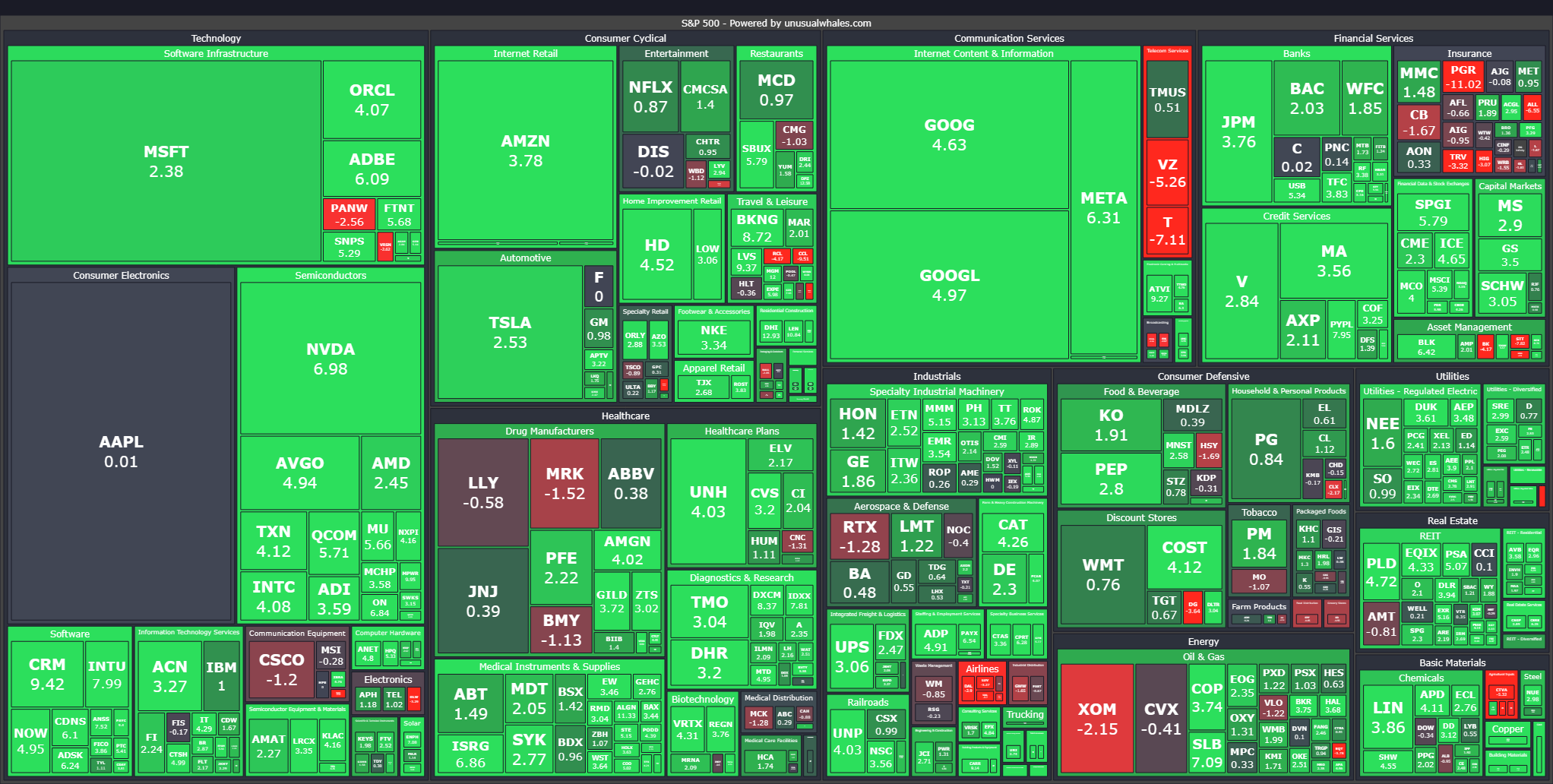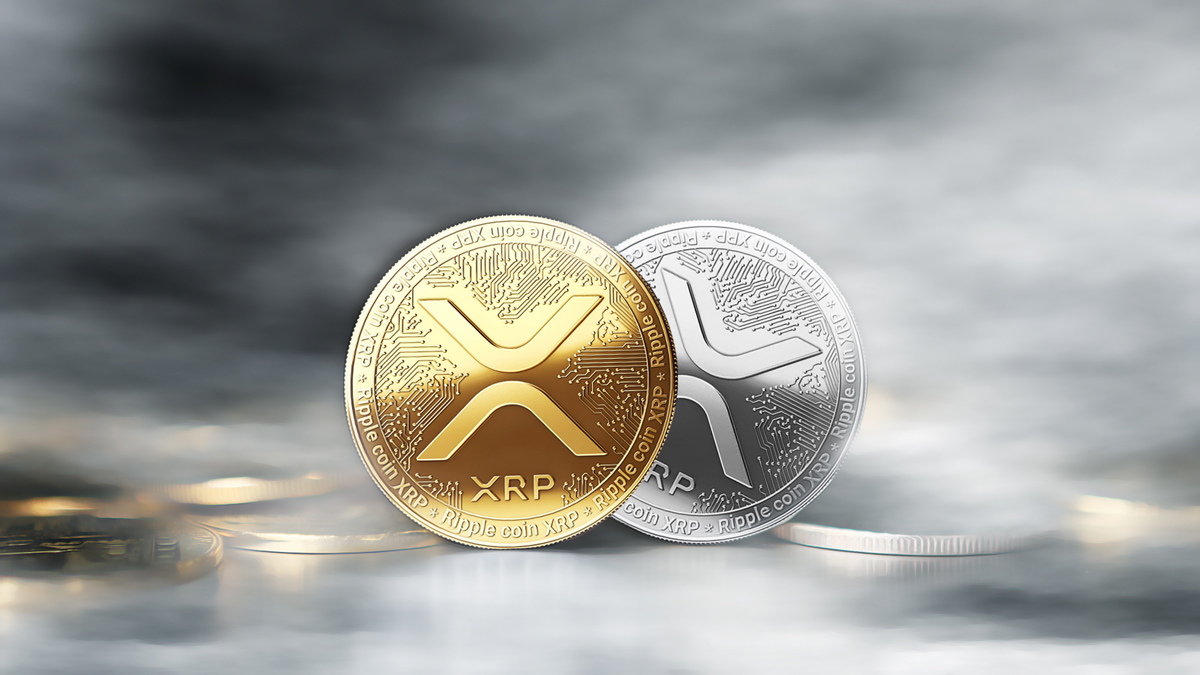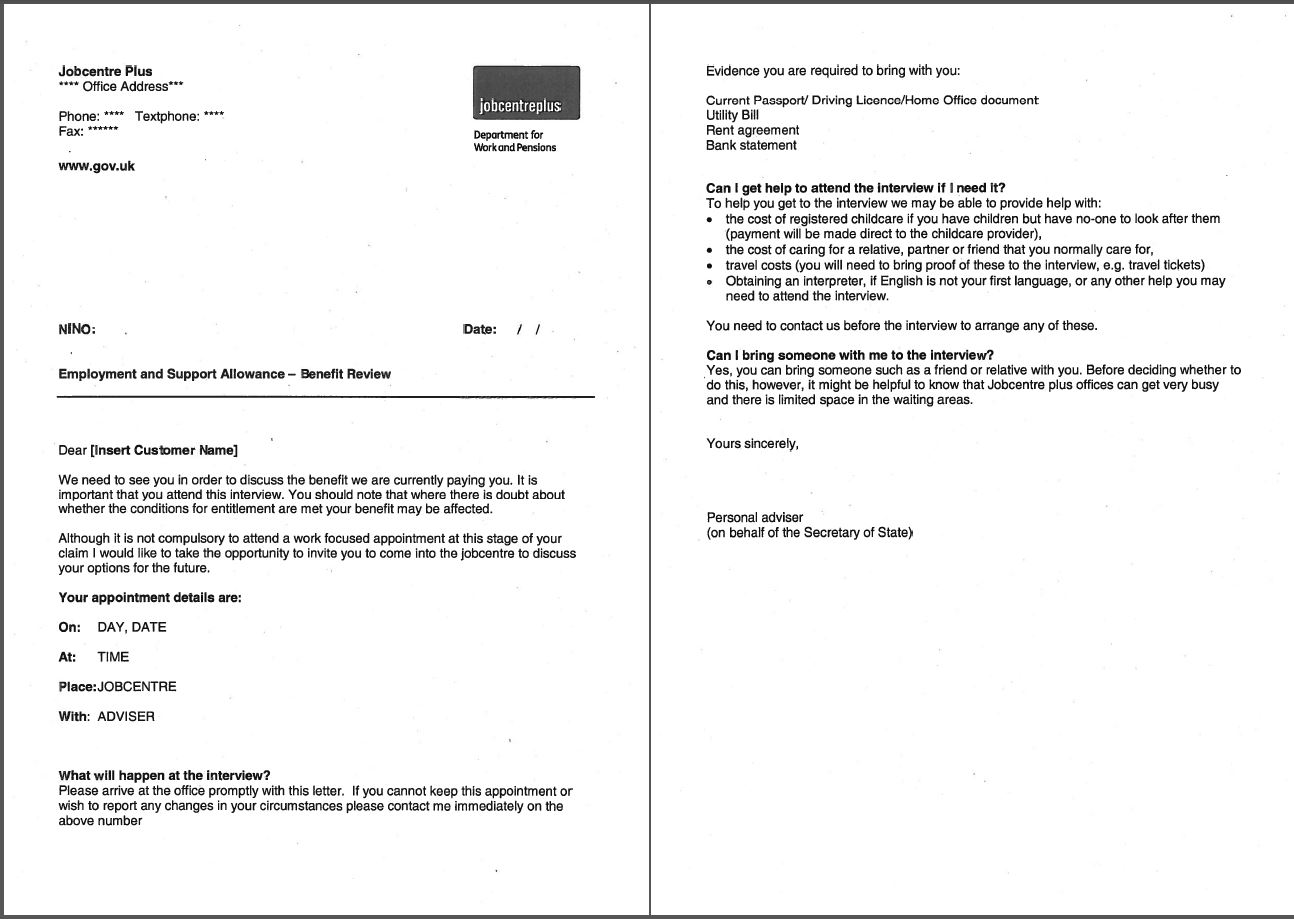Will XRP ETFs Disappoint? Assessing Supply Headwinds And Institutional Interest

Table of Contents
XRP Supply Dynamics: A Potential Bottleneck for ETF Success
The success of any ETF, including those based on XRP, is intrinsically linked to the underlying asset's supply and demand dynamics. Several factors related to XRP's supply could significantly impact the performance of XRP ETFs.
The Ripple-SEC Lawsuit's Lingering Impact:
The ongoing legal battle between Ripple Labs and the Securities and Exchange Commission (SEC) casts a long shadow over XRP's future. The uncertainty surrounding the outcome significantly impacts investor confidence.
- A Ripple win: Could lead to a surge in XRP price, potentially attracting significant institutional investment and boosting ETF demand. However, a sudden price spike could also lead to volatility and corrections.
- A Ripple loss: Could negatively impact XRP's price and deter institutional investors, potentially leading to lower-than-expected ETF performance. The timeline for ETF approvals might also be delayed.
- Regulatory ambiguity: Even a settlement could leave lingering uncertainty, impacting investor sentiment and creating hesitancy regarding XRP ETF investments.
XRP's Decentralized Nature and Distribution:
XRP's decentralized nature, while a strength, also presents challenges for ETF management. The distribution of XRP across numerous wallets introduces complexities.
- Price volatility: A decentralized structure can make XRP more susceptible to price volatility due to the lack of centralized control. This volatility directly impacts the value of XRP ETFs.
- Concentration of holdings: Large XRP holders could influence the market through strategic selling or buying, creating price manipulation risks. This poses a concern for ETF investors seeking stability.
- Large-scale releases: Significant releases of XRP into the market could negatively impact its price, potentially leading to losses for ETF investors. Careful monitoring of XRP supply dynamics is crucial.
The Role of XRP Burning Mechanisms:
While XRP doesn't currently have a formal burning mechanism like some other cryptocurrencies, understanding its overall supply dynamics is crucial. Future developments regarding tokenomics could impact the narrative. Any future implementation of burning mechanisms would need to be carefully analyzed for their potential impact on mitigating supply headwinds.
Institutional Interest: A Crucial Driver of XRP ETF Performance
Institutional adoption is vital for the long-term success of any asset, and XRP is no exception. The level of institutional interest in XRP will significantly influence the performance of XRP ETFs.
Current Institutional Holdings of XRP:
Currently, institutional investment in XRP remains relatively low compared to other prominent cryptocurrencies like Bitcoin or Ethereum. However, this could change significantly following positive regulatory developments and ETF approval.
- Low current adoption: Limited institutional interest reflects the existing regulatory uncertainty and concerns surrounding XRP's classification.
- Potential for growth: Successful ETF launches could attract institutional investment, driving up trading volumes and potentially stabilizing the price.
- Data analysis: Monitoring institutional trading volumes and XRP holdings will provide insights into the evolving interest in the asset.
Regulatory Uncertainty and Institutional Participation:
Regulatory clarity, or the lack thereof, profoundly affects institutional investment decisions. Institutional investors are generally risk-averse and prefer clarity before committing significant capital.
- Regulatory hurdles: Uncertainty around XRP's regulatory status in various jurisdictions remains a key barrier to widespread institutional adoption.
- Risk aversion: Institutional investors prioritize minimizing risk, and the regulatory uncertainty surrounding XRP increases their reluctance to invest heavily.
- Regulatory developments: Positive regulatory developments, such as SEC approval of XRP ETFs, could significantly enhance institutional confidence and drive investment.
Comparison with other crypto ETF performance:
Analyzing the performance of existing crypto ETFs provides valuable insights into the potential performance of XRP ETFs. Several factors could influence the differences.
- Market capitalization: The relatively smaller market cap of XRP compared to Bitcoin or Ethereum could lead to greater price volatility in XRP ETFs.
- Underlying asset volatility: XRP's historical volatility might lead to higher risk-adjusted returns or higher potential losses in comparison to more established cryptocurrencies.
- Regulatory landscape: The regulatory environment surrounding XRP could influence its performance relative to other crypto assets.
Market Sentiment and Speculative Trading
Market sentiment and speculative trading play a significant role in shaping the initial demand and subsequent price movements of XRP ETFs.
The Influence of FOMO and Market Hype:
The launch of any new ETF, especially in the volatile crypto market, is often accompanied by hype and Fear Of Missing Out (FOMO). This can lead to a surge in demand.
- Initial price surge: FOMO-driven investment could lead to an artificial inflation of XRP's price in the initial stages post-ETF launch.
- Unsustainable hype: The initial price surge based on FOMO is often unsustainable, leading to price corrections in the long term.
- Rational investor behavior: Investors need to distinguish between hype-driven price movements and the intrinsic value of the underlying asset.
Price Volatility and the Impact on ETF Investors:
Cryptocurrencies are inherently volatile, and XRP is no exception. This volatility directly impacts XRP ETF price fluctuations.
- High risk tolerance required: Investing in XRP ETFs requires a high risk tolerance due to the inherent volatility of the underlying asset.
- Price swings: Investors should be prepared for significant price swings, both positive and negative, impacting their investment returns.
- Diversification: Diversifying investment portfolios can mitigate the risk associated with the volatility of XRP ETFs.
Conclusion
The success of XRP ETFs hinges on a delicate balance between addressing the supply-side challenges and attracting sustained institutional interest. While the initial launch might be driven by market hype and FOMO, long-term performance will depend on the resolution of regulatory uncertainty, the overall adoption of XRP in the financial landscape, and the ability to manage the inherent volatility of the cryptocurrency market. The potential for significant returns is undeniably present, but investors need to proceed with realistic expectations, acknowledging the potential for disappointment.
Call to Action: Before investing in XRP ETFs, conduct thorough research, understand the inherent risks, and carefully consider your risk tolerance. Stay informed about the ongoing developments surrounding XRP and the regulatory landscape to make informed decisions regarding your XRP ETF investment strategy.

Featured Posts
-
 Ethereum Price Bullish Trend Strengthened By Large Eth Accumulation
May 08, 2025
Ethereum Price Bullish Trend Strengthened By Large Eth Accumulation
May 08, 2025 -
 Pasadena Star News Trouts Two Home Runs Insufficient In Angels Loss To Giants
May 08, 2025
Pasadena Star News Trouts Two Home Runs Insufficient In Angels Loss To Giants
May 08, 2025 -
 Stephen King In 2025 Will The Monkey Adaptation Define The Year
May 08, 2025
Stephen King In 2025 Will The Monkey Adaptation Define The Year
May 08, 2025 -
 Xrps Stalled Recovery A Look At The Derivatives Market
May 08, 2025
Xrps Stalled Recovery A Look At The Derivatives Market
May 08, 2025 -
 Xrp Price Action Grayscale Etf Filing And Potential Record High
May 08, 2025
Xrp Price Action Grayscale Etf Filing And Potential Record High
May 08, 2025
Latest Posts
-
 Tatum Under Fire Colin Cowherds Post Game 1 Critique
May 08, 2025
Tatum Under Fire Colin Cowherds Post Game 1 Critique
May 08, 2025 -
 Dont Lose Your Benefits What To Do If Your Dwp Letter Is Missing
May 08, 2025
Dont Lose Your Benefits What To Do If Your Dwp Letter Is Missing
May 08, 2025 -
 Dwp Universal Credit Refunds Check If You Re Owed Money
May 08, 2025
Dwp Universal Credit Refunds Check If You Re Owed Money
May 08, 2025 -
 Jayson Tatums Honest Assessment Of Larry Birds Legacy
May 08, 2025
Jayson Tatums Honest Assessment Of Larry Birds Legacy
May 08, 2025 -
 Cowherds Harsh Words For Tatum After Celtics Game 1 Loss
May 08, 2025
Cowherds Harsh Words For Tatum After Celtics Game 1 Loss
May 08, 2025
